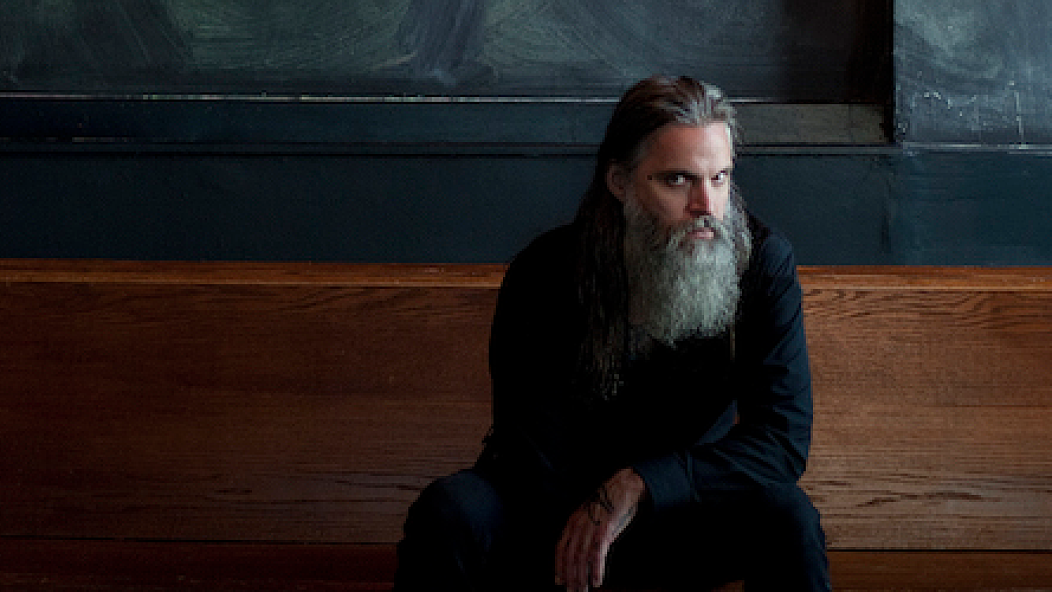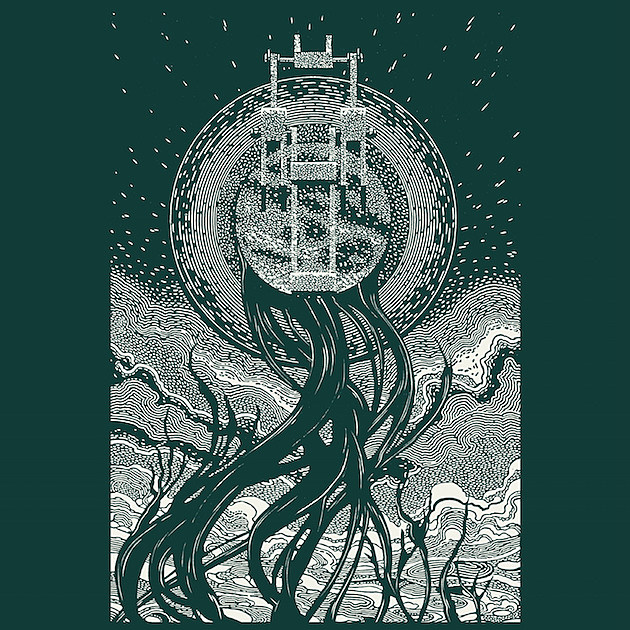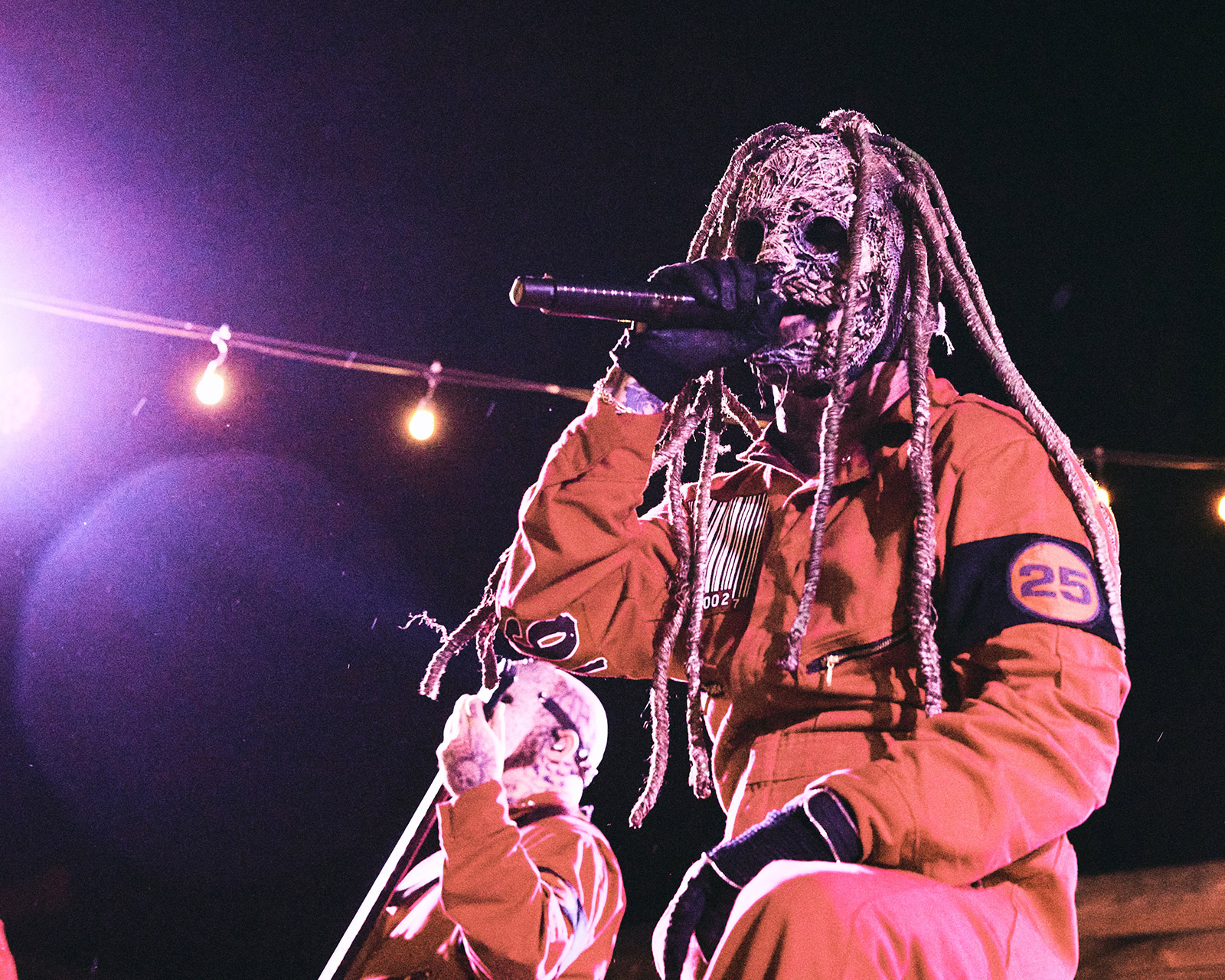
Video Debut + Q&A: Wrekmeister Harmonies - Then It All Came Down
…
While Wrekmeister Harmonies is known for being the one man project of JR Robinson, his latest one song LP, Then It All Came Down, features many notable fellows in the blackened noise/experimental scene. Including members of Indian, Sanford Parker of Corrections House, Wrest from Leviathan, Bruce Lamont from Yakuza and many more, this record (released this past October) is an ambitious endeavor of JR’s that certainly pays off.
A seemingly living being that slowly grows, swells and contracts, I found myself imagining scenes from “Invasion of the Body Snatchers” as I delved deeper into this 34-minute track. (You can order the album HERE.) But now, listeners can visualize the imagery JR intended via our premiere of the “Then It All Came Down” video, below. Don’t fret – this version is only 4 minutes long.
To delve in even deeper, read my email q&a with JR about the making of the record and its inspirations. And heads up New York City – Wrekmeister has a very special upcoming show in Brooklyn at the Signal Gallery in Brooklyn on December 14th where his collaborators will include Dave Pajo (Slint), members of Liturgy, Emil Amos of Om, Dylan O’Toole from Indian and more. Tickets can be purchased HERE.
…
…
When It All Came Down has a unique recording origin and structure. What is the reasoning behind making the entire record one consecutive track?
When it comes to writing material for Wrekmeister Harmonies it seems logical and easier to communicate what I want to convey by using a long form composition.
Where did the choices to record and re-record the record in a church and then a lighthouse come from?
I was trying to convey an idea of “lightness” in every sense of the word and in the most direct way possible. I thought that by recording a church organ and bringing that recording to an actual fucking lighthouse, projecting that sound within and rerecording it would be a very literal translation. It was a really great way to spend a few days and I enjoyed doing it immensely.
Did these places hold a particular meaning for you before you recorded there?
No. I was actually amazed that both places agreed to let me do this.
Moving on to the new video for the record; was it hard to select a particular part of the audio for this, considering the album is one long track? How did you go about determining the “right” part to include?
That’s a great question. Honestly I was dreading having to do it but it wasn’t as hard as I thought it would be. Once I decided that it should just be a little bit of each section the edit came together fairly quickly. I thought the end result works fine with the video but cutting down something you spent a lot of effort on creating wasn’t a terribly rewarding experience.
Tell us more about the images used in the video. Did you collect them all yourself? Where are they from?
Yeah I shot all the footage myself. Some places here in Chicago and in nearby Gary, Indiana as well as some locations in northern California. The statue of Ronald Reagan was terrifying to me… found that in a state park somewhere in Mendocino County. The broken mirror shots were my nod to Raymond Pettibon who did all the great artwork for Black Flag. He used a lot of Manson imagery for their flyers and the band had a very communal living situation coupled with a very “fuck you be afraid of us” vibe. To me, that aesthetic was an obvious reverberation of what Manson, Beausoleil and the rest were cultivating in southern California nearly a decade before.
What can you tell me about your upcoming Brooklyn show with collaborators including Dave Pajo (Slint), members of Liturgy, Emil Amos of Om, Dylan O’Toole from Indian? How will it be either similar or different from other large-scale live productions that you have done in the past?
The large band thing is tough to pull off. Musicians and artists lead complicated lives and as a result I’ve only done a handful of performances with the large group and most of them have been in Chicago. Last night we played here, it went extremely well and some of the same performers will be joining Dave Pajo, Hunter Hunt-Hendrix, Emil Amos and I for the NYC performance. These performances are rare and given that some very talented people will be involved and Signal Gallery is a really great space I feel the evening should be memorable.
And finally, tell me more about your interest in the Manson Family and/or Bobby Beausoleil. What about it intrigues you? Are there other moments/lines from Bobby’s interview with Truman Capote that stand out in your mind, aside from “When it all came down” ?
I came across the Capote essay a few years ago and it really resonated with me. My friend Peter Krautsk and I wrote a comparative essay that explored what we found fascinating about Beausoleil and the events that transpired around that time. The short answer would be my interest in the transitional phase from “lightness” to “darkness.” The moment during Capote’s essay where he points out that with just the slightest adjustment of an angle Beausoleil could transform from almost angelic beauty to something completely sinister was the jumping off point for an even deeper exploration of that idea.
I’ve done a fair amount of research on the Manson Family and the effects their heinous deeds had on basically burying the concept of the peace and love movement and feel like most of the history on the subject is grossly misguided. One point in particular is the cultural narrative that Charles Manson was essentially the king and while Beausoleil played the role of court jester. In my opinion that narrative needs to be reversed. Manson was a low level pimp and hustler. Beausoleil was under the tutelage of Kenneth Anger and well versed in the concepts of exploiting others for personal gain and the justification of advancing your own ego at any cost. The Spahn Ranch was a perfect storm of sorts for these two to come together and I truly believe Beausoleil when he asserts that Manson was more directly influenced by him.
…











